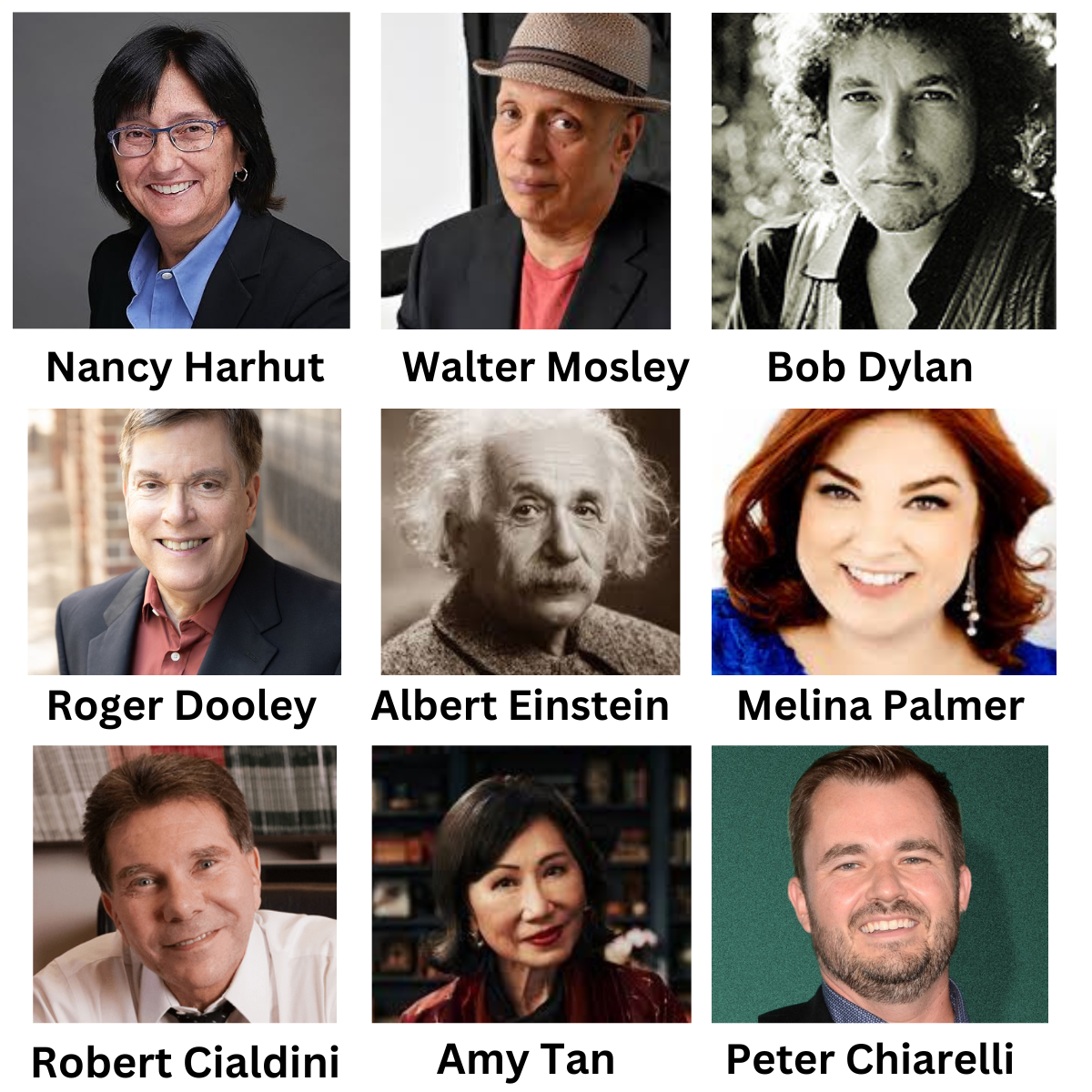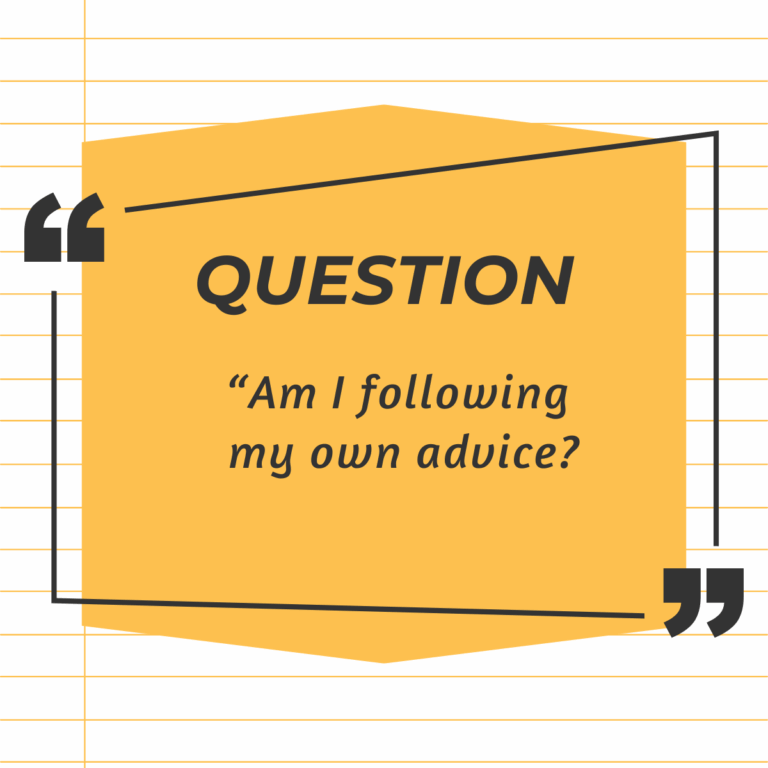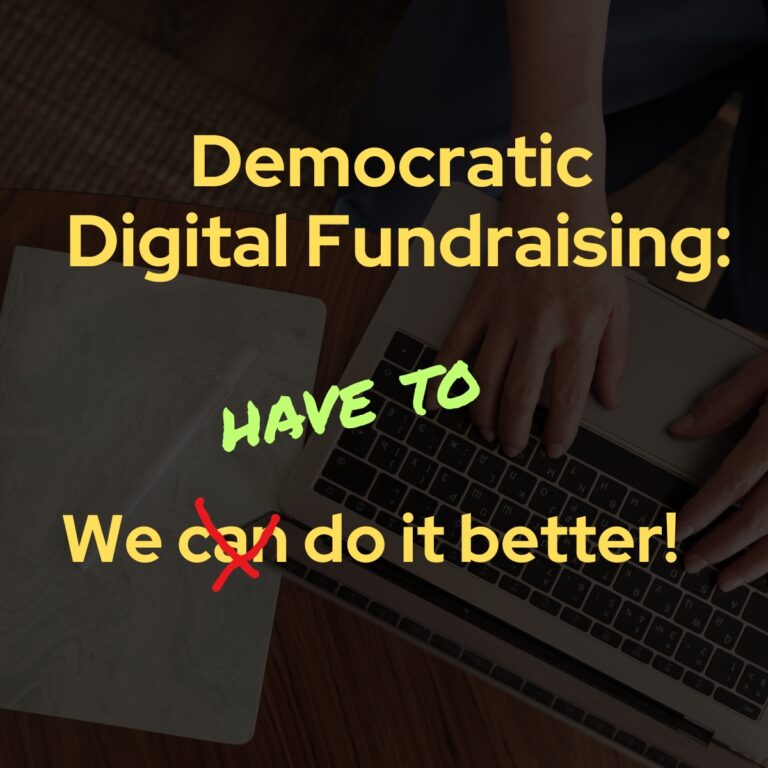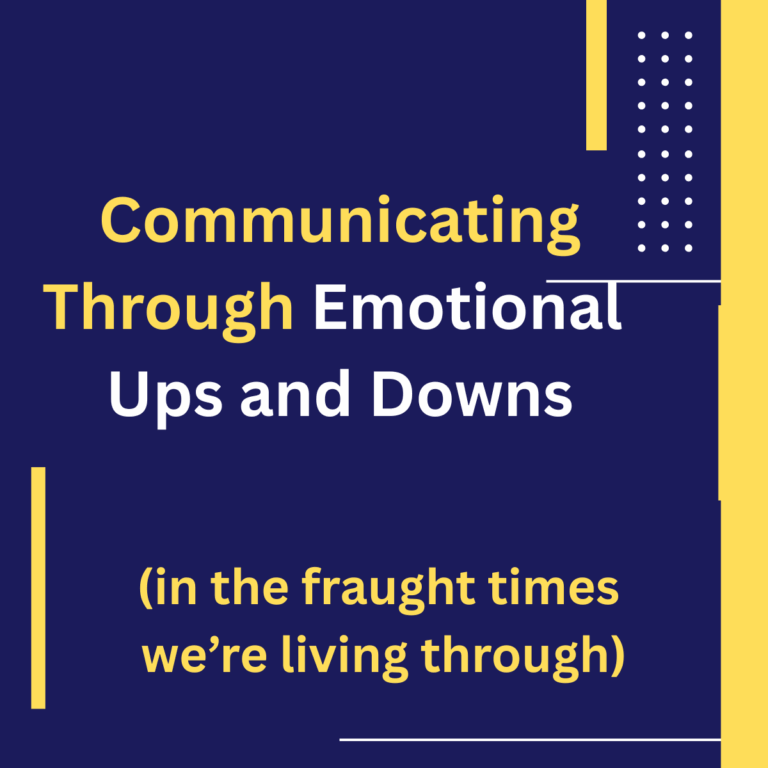Impact Your 2024 Messaging With Nine Ideas From Master Communicators
As nonprofit messengers, we can learn so much from master communicators beyond the nonprofit world – from novelists and screenwriters to behavioral science experts working in the commercial arena. Today’s memo features nine insights about compelling writing and framing that can help make your 2024 messages more persuasive.

Nancy Harhut, author of Using Behavioral Science in Marketing, offers this advice: “Choose words that help people envision the outcome you offer. Set the scene, acknowledge your audience’s fears, struggles, dreams or desires, and then bring your solution to life.” (Emphasis added).
IMPLICATIONS FOR YOUR MESSAGING: Harhut offers a much-needed reminder that persuasive messaging requires us not just to clearly describe the problem we’re seeking to solve, but also to paint a vivid, engaging picture of the future we aim to create. The more people can envision the future you are driving towards and the more clearly they can see their role in creating that future, the more likely they are to emotionally invest in your work.

Novelist Walter Mosley reminds us that writing comes alive in the reader’s mind when descriptive and vivid language are artfully combined. “Vivid language helps us become a part of the story, brings us into the story. . . (It) helps you to really experience what’s happening.”
IMPLICATIONS FOR YOUR MESSAGING: Mosley offers us important guidance on how to use language to achieve what Harhut recommends. Our goal is to draw the reader into the story, to make them not only understand what we are seeking to achieve (descriptive language), but also to emotionally feel it (vivid language.)

Amy Tan, author of several novels including The Joy Luck Club, suggests “What you should definitely do to catch what is false and where flabby language might be is to read your manuscript aloud…Or, more painfully, have somebody else read it and watch where they stumble.” Shonda Rhimes makes a similar point: “If I can’t say it out loud and it feels like natural conversation, then I know there’s a problem”
IMPLICATIONS FOR YOUR MESSAGING: Reading a message draft out loud and editing based on that reading is something I have always done for many of the same reasons. If you’re writing or reviewing a message, I recommend you try it. It’s almost guaranteed to help you identify language that doesn’t quite work, tangents that aren’t necessary, arguments that aren’t persuasive, and places where you are mumbling instead of being clear and compelling.

Screenwriter Peter Chiarelli (Crazy Rich Asians, The Proposal) advises that “You need to have a point for every page of your script. You need to have a reason why it is there and how it is moving the story forward.” His advice parallels that of the late crime novelist Elmore Leonard: “Try to leave out the part that readers tend to skip.”
IMPLICATIONS FOR 2024 MESSAGING: In this year’s highly competitive climate, holding people’s attention is a difficult task. The easiest way to break the emotional energy of your message is to insert unnecessary, distracting language that invites your audience to turn away. Scour every sentence of your message and, if it’s not essential to your case and expressed in the most persuasive way, cut or revise it.

Bob Dylan offers this commentary on songwriting: “The best ones are written very quickly. The longer it takes to finish the song the more difficulty it takes to pin it down and focus in on it and lose your original intention.”
IMPLICATIONS FOR 2024 MESSAGING: Editing is a critical element in persuasive communication. But, as one of the greatest communicators of our era reminds us, over-editing and over-thinking can rob our messages of their vitality and intent. How do you find that line? It depends on the process of those creating and reviewing the message. One approach I’ve found useful is to think through a message in my mind before ever touching my keyboard. That tends to bring the first draft closer to Dylan’s “written very quickly” standard and keeps editing out of the counter-productive zone.

Melina Palmer, host of the Brainy Business podcast, reminds us that we can “unintentionally normalize the behavior we’re trying to change.” She notes that 80 million people didn’t vote in the 2020 election, but 67% did and it was the largest turnout ever. Palmer warns that focusing on the 80 million figure could lead people to conclude they have plenty of company if they don’t vote and maybe that’s the safest thing to do.
IMPLICATIONS FOR YOUR MESSAGING: If you’re encouraging people to get out and vote or take other actions, it’s important to remember that social proof – the human tendency to want to do what other people like you are doing – can cut both ways. For example, telling someone “Most of the people receiving this message won’t respond. That’s why I’m really counting on you” might actually end up normalizing not responding.

Roger Dooley, author of several behavioral science books including Brainfluence and Friction, notes that “Ninety-five percent of our thoughts, emotions and learning occur without our conscious awareness.” Based on this, he suggests “Although there are conscious and rational parts in most decisions, marketers need to focus first on appealing to the buyer’s emotions and unconscious needs.”
IMPLICATIONS FOR YOUR MESSAGING: Dooley’s comment reflects an insight that is at the core of behavioral science and what he terms “neuromarketing.” Here’s how Nancy Harhut conveys the same notion: “For the most part, marketers craft campaigns as if the people they’re meant for actually stop to contemplate them—even though science tells us a very different story. A story of fleeting attention and autopilot responses.”
But most nonprofit messages seek to evoke well-considered, carefully thought through decisions. Our fundraising won’t be as persuasive as it must be until we resolve the disconnect between the way people actually make decisions and the way we present our case.

Albert Einstein puts the point succinctly. “If you can’t explain it to a six-year-old, you don’t understand it yourself.”
IMPLICATIONS FOR YOUR MESSAGING: One of the fundamentals of persuasive copywriting is having a deep understanding of the topic you’re writing about. It’s as simple as this: You can’t communicate what you don’t understand. Developing solid, gap-free knowledge of what you’re writing about is a fundamental requirement not always apparent in nonprofit messages.

Robert Cialdini in his seminal book Influence: The Psychology of Persuasion puts forward seven principles of persuasion. One of the most intriguing is reciprocity – the notion that giving someone something or doing something for them creates a human inclination to do something in return. And he points out that a key factor in triggering the instinct is who goes first.
IMPLICATIONS FOR YOUR MESSAGING: The reciprocity principle has obvious implications for nonprofits that use premiums. For starters, the “who goes first” dynamic explains why front-end premiums drive higher responses than back-end ones.
But, it goes deeper than that. Presenting premiums in the reciprocity framework is different than what some describe in shorthand as “guilting” people into making a gift. The latter is transactional (with an element of manipulation) while the former reflects a more human “both sides win” dynamic.










Someone should send this marketing “memo” to the Biden Campaign, they might find some useful information here …..
Thank you for personalizing these implications for practical use in the real world – such helpful insights.
Thanks Ashley. So glad you found these insights from beyond the nonprofit world helpful.